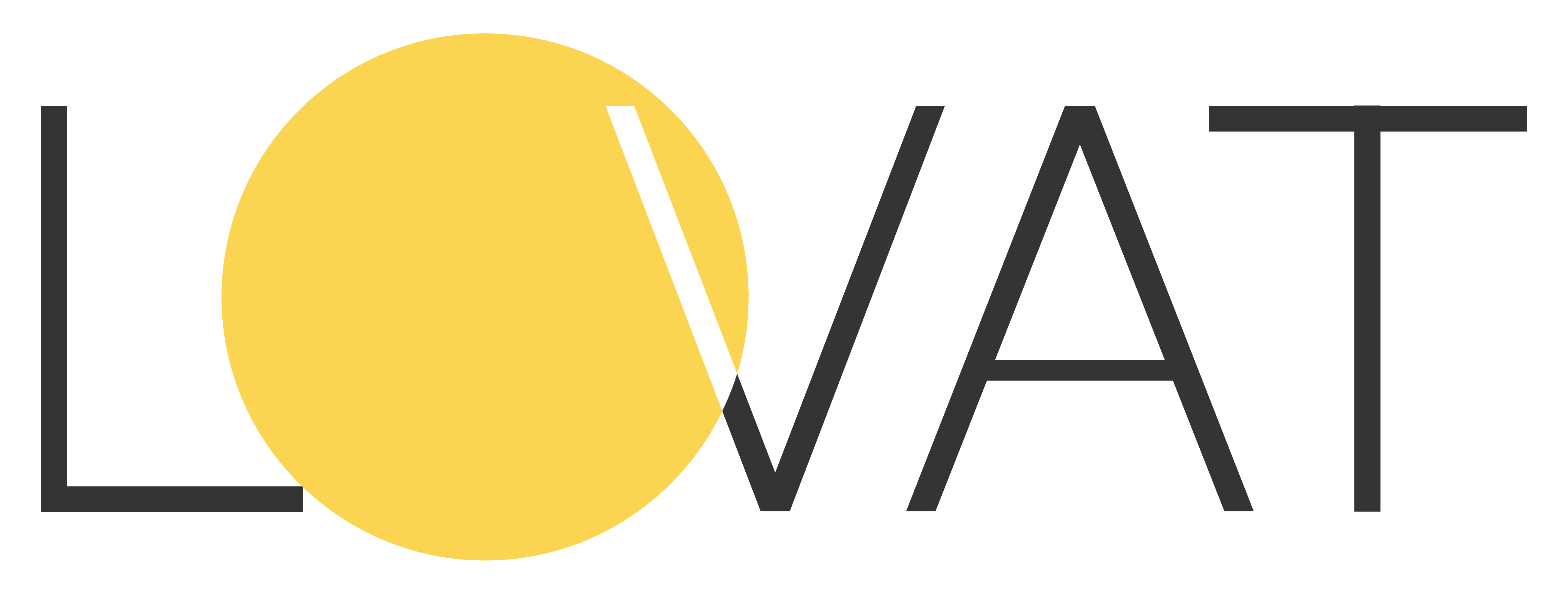VAT Standard rate
The standard VAT (GST) rate in Canada in 2024 is 5%.
Goods and Services Tax is set at a country level and it is 5%. Canada consists of 10 provinces. Some provinces have also PST (provincial sales tax) or RST. For example VAT rate (HST- harmonized sales tax) for Ontario is 13% = 5% GST +8% PST. Out-of-country sellers after VAT registration in Canada need to calculate GST or HST according to customer location.
Here is a table of GST/HST rates for all Canadian provinces.
Formula |
Rate |
|
| Alberta | GST | 5 |
| British Columbia | GST | 5 |
| Manitoba | GST | 5 |
| New Brunswick | HST | 15 |
| Newfoundland and Labrador | HST | 15 |
| Northwest Territories | GST | 5 |
| Nova Scotia | HST | 15 |
| Nunavut | GST | 5 |
| Ontario | HST | 13 |
| Prince Edward Island | HST | 15 |
| Quebec | GST | 5 |
| Saskatchewan | GST | 5 |
| Yukon | GST | 5 |
Threshold
Small suppliers whose turnover does not exceed $30,000 CAD for more than the last 4 quarters do not need to register. After exceeding this threshold, you need to apply for registration.
Important! Specify the effective date – the date when you exceeded the threshold.
Exempted goods
Goods imported to Canada in parcels from foreign countries are exempt from GST.
Registration procedure
First, apply for a business number. This can be done using an online form or by sending a request by mail or fax. After you are assigned a business number, you will be able to request GST registration.
Applications must include business information about the company, such as the type of business or organization, the legal name of the company, contact information, website address (if applicable), description of the main business activity registration information (Date of incorporation, jurisdiction of registration and certificate number).
Tax representative
The appointment of a tax representative is not a prerequisite. Anyway, we would advise you to appoint a tax representative or consultant to avoid mistakes in tax documents. The tax Service of Canada levies quite large fines.
GST filing and payment
The deadline is the end of the month after the end of the reporting period. The tax is paid quarterly, based on the calendar quarterly reporting period.
The main currency of payment is the Canadian dollar, but you can apply for permission to make these payments in the appropriate foreign currency.
Penalties
If you submitted the declaration late, you may be charged a fine. The formula for calculating the penalty: A+(A×0.25×C),
where:
A – 1% of the outstanding amount;
C – the number of full months for which the refund is overdue, but not more than 12 months.
Keeping records
As rule, keep all required documents and supporting data for a period of six years from the end of the last tax year they relate to.


